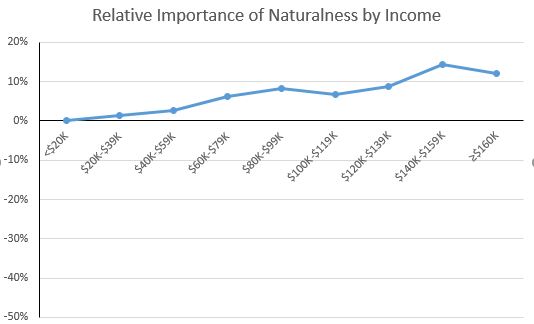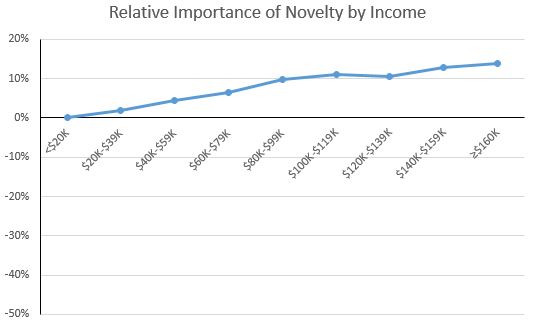Depending on what you read, we either have way too many or way too few cage free eggs at the moment. Here's from a USDA report on September 29, 2017 suggesting current pledges to go cage free are far outstripping the production of cage free eggs, resulting in a "shortage":
“it would take 227 million hens by 2026 to satisfy the combined demand from all restaurants, food distributors, hospitality & travel firms, grocery retailers, food manufacturers, and convenience stores that have committed to cage-free, to date. . . . Using USDA’s figures from above, the 29 million hens currently in non-organic cage-free production could indicate a shortage of 198 million hens to meet the expected demand over the next 8 years.”
And yet, according to this October 4th article, the largest egg producer in the U.S. (Cal-Maine) suggests there is an over-supply of cage-free eggs and retailers are having to offer significant discounts to move them off the shelf. Here is what Cal-Maine said in their press release:
“our largest customers, have made public commitments to transition away from conventional eggs and exclusively offer cage-free eggs by future specified dates. However, the higher price gap between conventional eggs and specialty eggs has resulted in reduced demand for specialty eggs. We have adjusted our production levels in line with current customer demand for cage-free eggs, and we are well positioned to increase our capacity when demand trends change.”
The shortage of cage free eggs mentioned by the USDA refers to the gap between the future promises and comments made by retailers and others to go cage free and the current level of cage free production. The oversupply of cage free eggs mentioned by Cal-Maine is referring to the gap between the current number of cage free eggs being produced and what the final consumers are currently willing to pay and buy.
At some point there will have to be a reckoning between the long term commitments by retailers to go cage free and the willingness of real-life consumers to cover the added costs of cage free eggs. Consumer demand will have to shift out as more cage free eggs come on the market, retailers will have to live with selling fewer eggs, or some of the cage free commitments will ultimately have to be receded.











